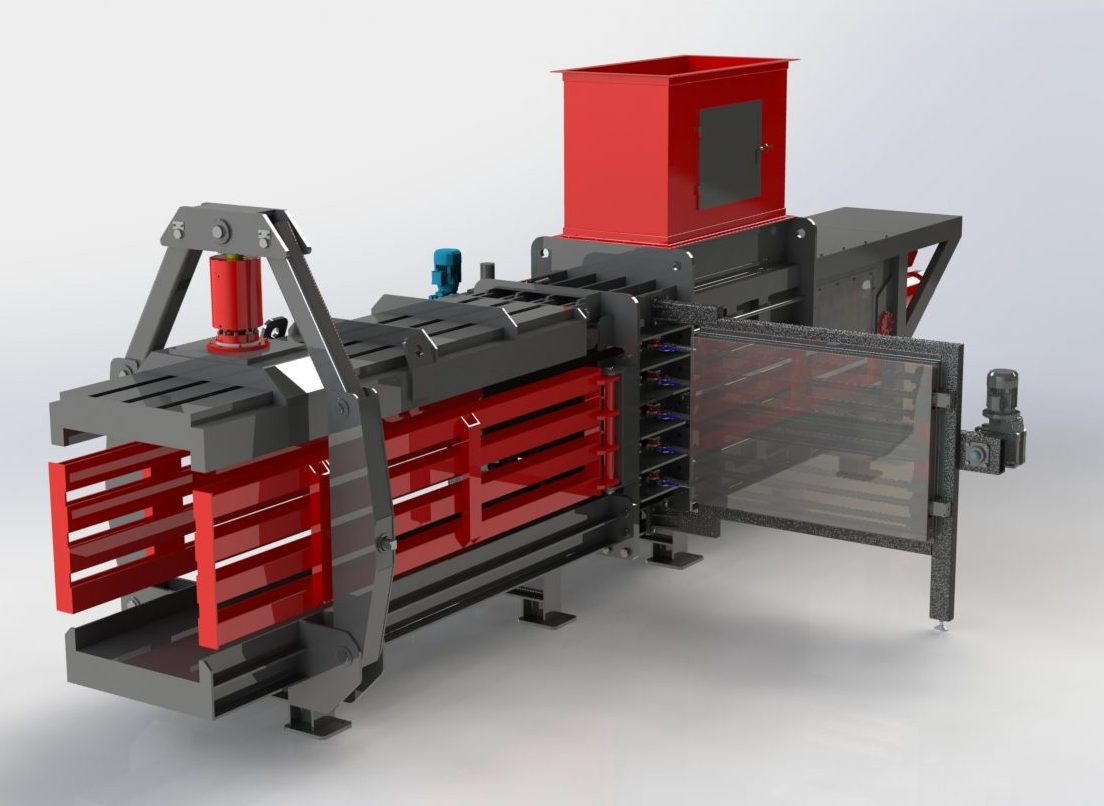

We also point out key technical challenges of the existing connectivity technologies for enabling massive IoT connectivity.

In particular, we categorize the existing wireless IoT connectivity technologies based on coverage range and review diverse types of connectivity technologies with different specifications. In this survey, we provide a broad view of the existing wireless IoT connectivity technologies and discuss several new emerging technologies and solutions that can be effectively used to enable massive connectivity for IoT. To support such a massive connectivity, various wireless technologies are investigated. We expect to see the number of IoT connected devices explosively grows and will reach hundreds of billions during the next few years. The Internet of Things (IoT) is rapidly becoming an integral part of our life and also multiple industries. Our approach generates renewable energy by recycling plastics and electronic wastes, and therefore it provides a sustainable and viable path towards the vision of building a green world. To demonstrate its practical applications, a digital calculator, an electronic watch, and nineteen blue light-emitting diodes (LEDs) were powered using GP-TENG. The output performance of the GP-TENG is systematically studied with an open-circuit voltage of 83.88 V, short circuit current of 101 μA, and maximum output power density of 26.54 μW/cm². GP-TENG is fabricated by low-cost, facile, and environment-friendly in-house rapid fabrication process which is solvent- and cleanroom-free and doesn’t require specialized equipment and expertise. The proposed graphite and plastic based triboelectric nanogenerator (GP-TENG) is fabricated by recycling the electronic waste (dry cells) to get graphite and the plastic bottles to get plastic. To help mitigate these problems, we present a facile, environment-friendly, and low-cost triboelectric nanogenerator (TENG) by recycling plastic and electronic waste for power generation through biomechanical energy. On the other hand, the increasing consumption of fossil energy is further damaging our environment. Human are producing plastic and electronic wastes in huge amount, polluting our environment especially water resources and causing life-threatening complications. The present article first discusses the human health and environmental effects of battery wastes and then concentrates on methods to restrain them. These are three R's: Reduce, Recharge and Recycle. There are three established methods to prevent and control the adversities developed by reckless disposal of spent batteries. Therefore, the proper disposal of battery wastes is far more important compared to battery production but it is often a neglected issue, particularly in developing and poor countries. The erroneous incineration results in release of certain toxic metals into air through stack gases or accumulation in the ash produced by the combustion process. The casual dumping of spent batteries into landfills eventually result in percolation of heavy metals and other toxic compounds into soil and water, contaminating food and water supplies and making them unhealthy for use by mankind and wildlife. These batteries contain several heavy metals such as cadmium, copper, lead, mercury, nickel or zinc, which are all hazardous to human health and environment. Batteries are hard to displace in modern world by virtue of their entry in every walk of human life.


 0 kommentar(er)
0 kommentar(er)
